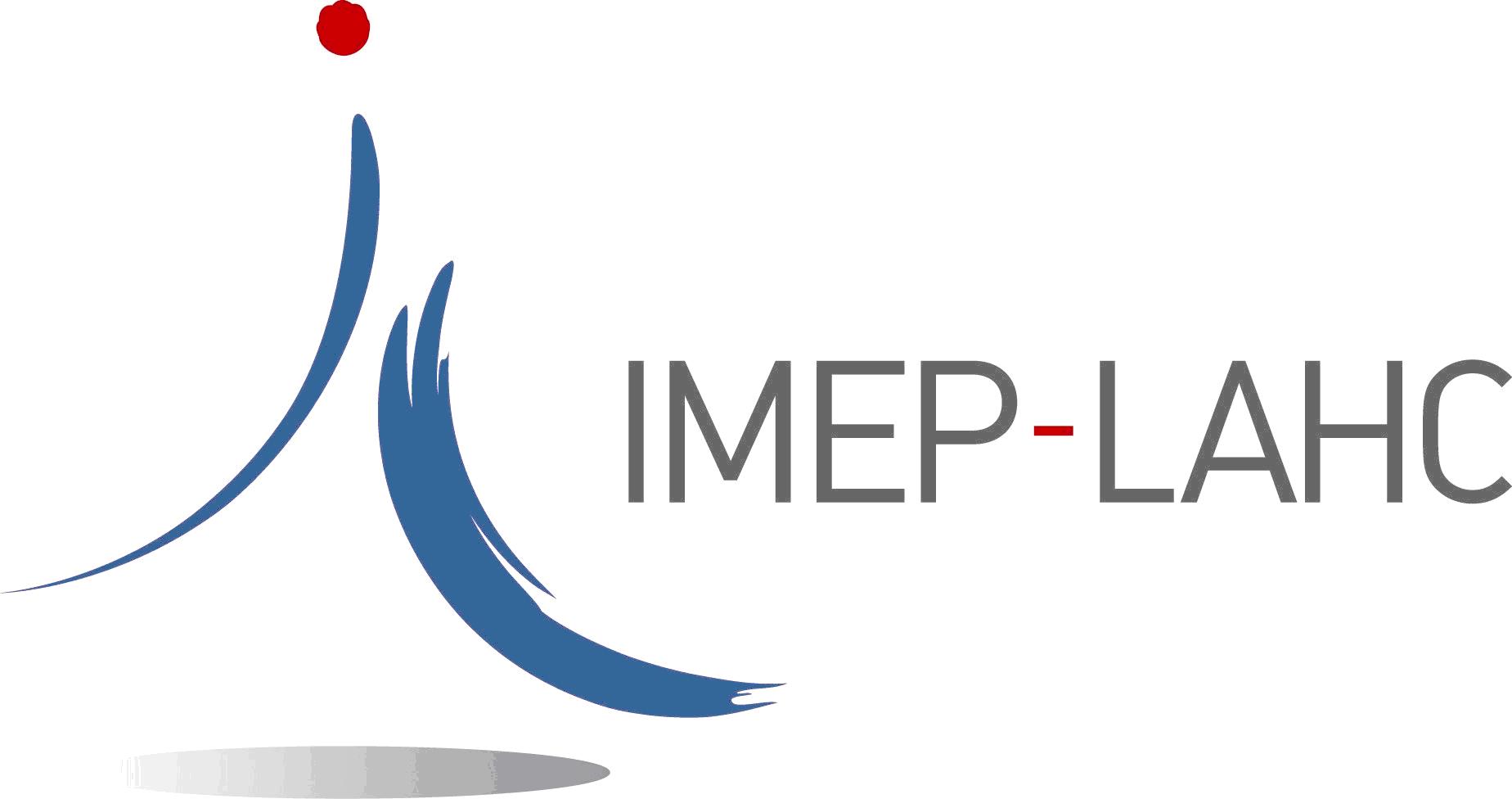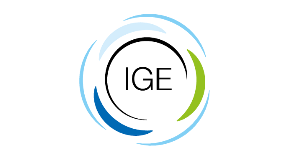Influence des choix de conception d’un capteur de température sur le taux de récupération de métaux critiques par un procédé de biolixiviation
Publié le : 9 novembre 2022
MASTER INTERNSHIP- 2023
Effect of the different designs of a temperature sensor on the recovery of critical metals by a bioleaching process
Keywords:
Sustainable electronics, electronic design, recycling, microbiological process
– Institut de Microélectronique, Electromagnétisme et Photonique (IMEP-LaHC, GINP-CNRS-UGA-USMB)
Minatec – Grenoble, 3, parvis Louis Néel, BP 257, 38 016 GRENOBLE Cedex 1
– Institut des Géosciences de l’Environnement (IGE, CNRS-IRD-UGA-GINP)
70 rue de la Physique, Bâtiment OSUG B , BP 53, 38 041 GRENOBLE Cedex 09
Supervisors:
XAVIER Pascal et GRENNERAT Vincent, 04.56.52.95.69
MARTINS Jean et SPADINI Lorenzo, 04.76.63.56.04
Profil du candidat :
Bac+5 en ingénierie biomédicale ou biophysique.
1. Scientific background
In 2021, the ECB classified climate change as a systemic risk and the recent IPCC report emphasized the indisputable role of human activities in global change. We need to cut our consumption of fossil fuels by more than a factor of three if we are to reverse the radiative forcing, which will also reduce the consumption of all resources. Some of these resources, called « critical materials », such as certain metals and rare earths, are likely to be unavailable on the planet in the short term. The challenge for engineers is therefore to design systems offering the same services but with environmental impacts divided by at least three. At the same time, we must not seek to accumulate more services to avoid the rebound effect.
According to a recent report by Global Waste Electrical and Electronic (WEEE) Watch, we generated 53.6 million tons of WEEE in 2019. Its volume is growing at 5% per year, and the explosion of smart connected objects isn’t going to help bring those numbers down. So we literally have gold in our hands thanks to WEEE. It is important to ensure that the critical materials they contain stay in the loop as long as possible. This circular economy would be economical and,
of course, environmentally friendly.
2. General objective of the internship and research questions addressed
This project aims at developing a new concept that correlates the design and the recovery of critical materials at the end of the product’s life. This prospective work is part of the general issue of sustainable electronics put forward by Grenoble INP and Europe. It will serve as a starting point for a project at the European level and aims to initiate an interdisciplinary work between electronic engineers and microbiologists to determine which design choices of electronic circuits allow to optimize the recycling rate of critical materials in a recovery process by microbial digestion, while avoiding a degradation of the performances of the said circuits.
3. Work schedule
The electronic device chosen for the experimental tests will be a simple temperature sensor manufactured on the IMEP-LaHC technology platform using different types of substrates (epoxy, glass), housings and components. The integrated part on glass is a part of a water pollution biosensor being studied at IMEP-LaHC in the framework of a PhD thesis.
Three different versions of this sensor will be fabricated with different design choices in terms of materials and geometry, knowing that one of the important factors for a good metal recovery by the process is the effective surface of the metal tracks.
For this, a process under static conditions was developed in a previous internship at the IGE (batches). Several types of bacteria are used. They are first cultivated under controlled conditions and then used at variable concentrations and under different conditions to evaluate the extractability of the elements of interest contained in the electronic circuit studied. The contents of metal ions recovered in the leachates of the batches as well as their chemical speciation are
systematically quantified by ICP-OES or calculated by geochemical modeling to evaluate the efficiency of the bioleaching process.
Metal recovery will be tested without grinding the circuit. The « factor of merit », performance x recovery rate of critical materials, will be calculated for each case and a first Life Cycle Assessment (LCA) approach will also be made with a tool provided by ADEME, in order to provide reliable and robust comparison elements. IMEP-LaHC will bring its expertise in circuit design and testing. IGE will bring its knowledge and know-how in the control of microbiological and physico-chemical parameters of bacterial suspensions and bioreactors and the physico-chemical analysis of leachates.
The first three months of the internship will be dedicated to the design and fabrication of the sensors, the next three months to the bioleaching tests.
4. References
– Desaunay A. and Martins J.M.F. Biosorption of Zinc by metabolically active and inactive cells of two contrasted Gram-negative bacteria: a subcellular distribution approach. Submitted to Intern. J. Environ. Res. Pub. Health. Special Issue « Microbial Biotechnology Products for a Sustainable Bioeconomy ».
-Desaunay A. and J.M.F. Martins. A physical cell-fractionation approach to assess the surface adsorption and internalization of cadmium by Cupriavidus metallidurans CH34. J. Haz. Mat. 273: 231-238. 2014.
– Arda Isildar. Biological versus chemical leaching of electronic waste for copper and gold recovery. Environmental Engineering. Université Paris-Est; Università degli studi (Cassino, Italie), 2016. English.NNT: 2016PESC1125. tel-01738056- Jadhav, U. and Hocheng, H. Hydrometallurgical Recovery of Metals from Large Printed Circuit Board Pieces. Sci. Rep.5, 14574; doi: 10.1038/srep14574 (2015).
– https://hal.univ-lorraine.fr/hal-02431903/document
– https://www.ncbi.nlm.nih.gov/pmc/articles/PMC3715747/
– Abhilash et al. Microbial Processing of Waste Shredded PCBs for Copper Extraction Cum Separation—Comparing
the Efficacy of Bacterial and Fungal Leaching Kinetics and Yields. Metals 2021, 11, 317.
https://doi.org/10.3390/Met11020317
– HUBAU, Agathe, MINIER, Michel, CHAGNES, Alexandre, et al. Recovery of metals in a double-stage continuous
bioreactor for acidic bioleaching of printed circuit boards (PCBs). Separation and Purification Technology, 2020,vol.238, p. 116481. https://doi.org/10.1016/j.seppur.2019.116481




 Contactez-nous
Contactez-nous Plan d’accès
Plan d’accès











